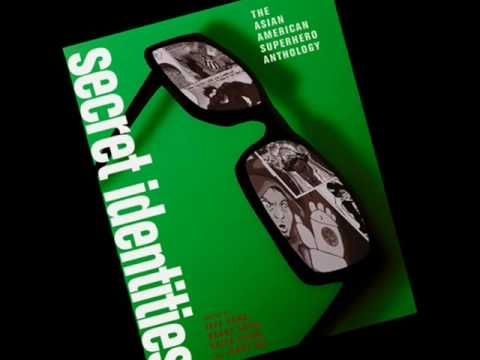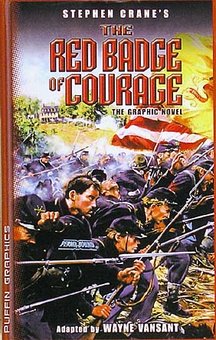Hatke, Ben (2014)
The Return of Zita the Spacegirl New York: First Second.

Zita the Spacegirl is back, and this third book in the series may be the best yet. This one has all the excitement, surprise, humor, and thoughtfulness of the original Zita the Spacegirl and once again, author/illustrator Ben Hatke shows his mastery of panel plotting.
But you don't care about all that. You want to know if it is a good story and if your third graders or sixth graders or middle school students will like it. The answer to all of the above is yes.
In this book, Zita has been apprehended and is being tried and help on trumped up charges on a prison world. Her old friends, Mouse, Piper, One, Strong-Strong and the rest are far away (though they have heard her distress call) and so she must rely on help from her cellmates Ragpile and Femur and from the mysterious Ghost. Escaping her cell is relatively easy, but escaping the planet, and freeing all those trapped with her is a bit more daunting. But here is the thing -- the story is funny and exuberant and filled with tension and has surprising turns and a completely satisfying and triumphant ending.
You'll be swept up in the story and so you won't notice, but Hatke's sense of timing and choices in moving from panel to panel are masterful -- and in fact, this is why you can get lost in the story.
Look at this page:

We actually shift here, from the perspective of the character in the rafters (I won't tell you who that is yet) to Zita's perspective as she awaits trial. We are able to get a sense for the vastness of the space there are in, but we still see the frustration on Zita's face. And look at the way the action moves us across the page and straight on to the next one.
The other thing I love about this book is that there is actually quite a lot to talk about with students here. There are some really interesting themes here including what it means to be morally responsible for your own actions, when civil disobedience is appropriate, what freedom means, and the values of friendship and cooperation. There is also a nice little romantic subplot to boot.
Look, if you like graphic novels, or good stories for middle grades and middle school kids, if you like to laugh or get caught up in a book, or if you like Zita's previous adventures, go get this. It is excellent.











